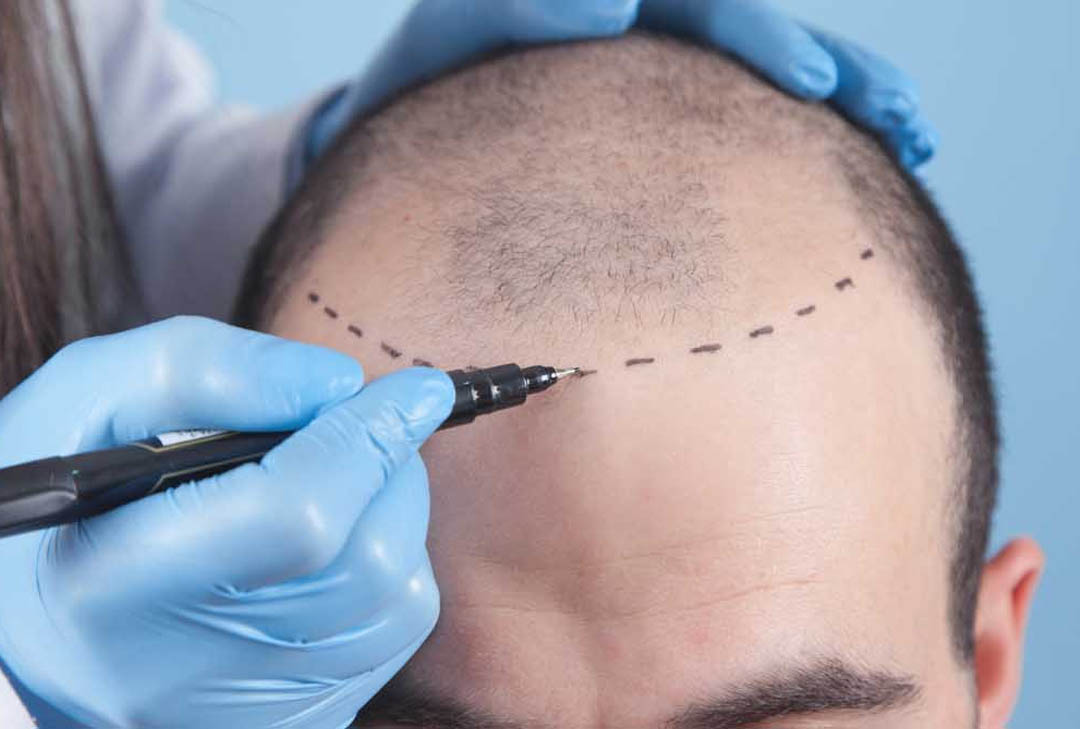
Hairline correction is a cosmetic procedure aimed at improving the appearance of the hairline, by either restoring its natural shape, or creating a more aesthetically pleasing one. The procedure can be performed using a variety of techniques, including hair transplantation, scalp micropigmentation, and hair restoration surgery. In this article, we’ll discuss the different hairline correction options and what to expect from the procedure.
- Hair Transplantation: Hair transplantation is the most popular and effective method of hairline correction. During the procedure, hair follicles are taken from the back of the head and transplanted to the hairline. The transplanted hair will grow in the new location, providing a permanent solution to hairline thinning or recession. Hair transplantation can be performed using various techniques such as FUE (follicular unit extraction) or FUT (follicular unit transplantation).
- Scalp Micropigmentation: Scalp micropigmentation is a non-invasive procedure that involves tattooing pigments into the scalp to create the appearance of a fuller hairline. This technique is ideal for those who have limited hair loss or who are not candidates for hair transplantation. Scalp micropigmentation results are semi-permanent and can last for several years.
- Hair Restoration Surgery: Hair restoration surgery involves repositioning hair from the back and sides of the head to the hairline. This procedure can be combined with hair transplantation for more extensive hairline correction. The results are permanent, and the transplanted hair will grow naturally in the new location.
What to Expect from the Procedure:
The hairline correction procedure you choose will depend on your individual needs and goals. All procedures are performed under local or general anesthesia, and the length of the procedure will depend on the extent of the correction being made.
After the procedure, you can expect some swelling and redness in the treatment area. You will also need to follow aftercare instructions provided by your surgeon, which may include avoiding exposure to the sun, not shampooing for several days, and wearing a protective hat.
It’s important to note that hair transplantation and hair restoration surgery may result in some scarring. Scalp micropigmentation does not result in scarring, but the pigments used may fade over time.
In conclusion, hairline correction can help restore the appearance of a fuller, more aesthetically pleasing hairline. Whether you choose hair transplantation, scalp micropigmentation, or hair restoration surgery, it’s important to work with a qualified and experienced professional to achieve the best results. If you’re considering a hairline correction procedure, it’s important to discuss your goals and expectations with your doctor to determine the best course of action for your individual needs.









